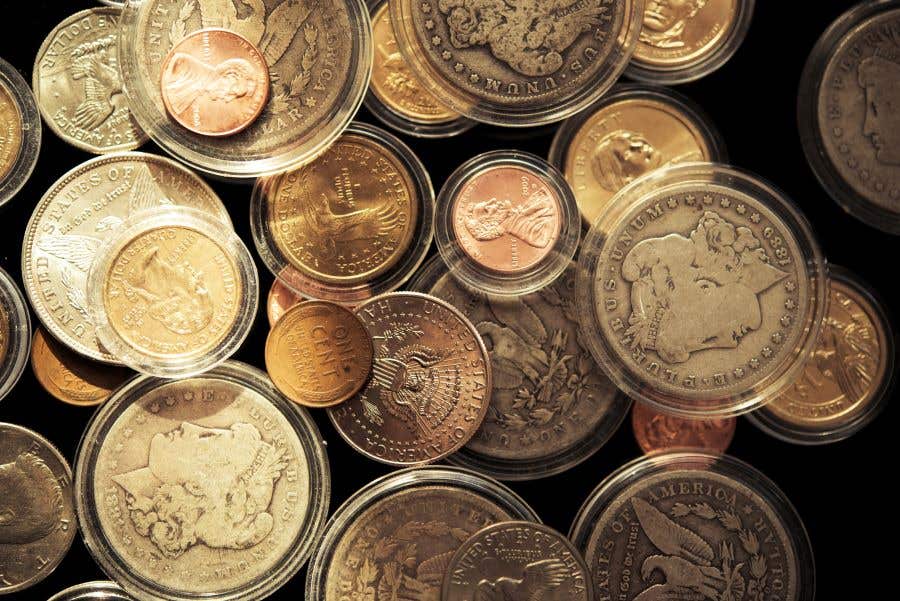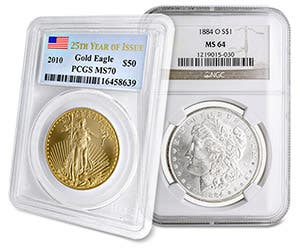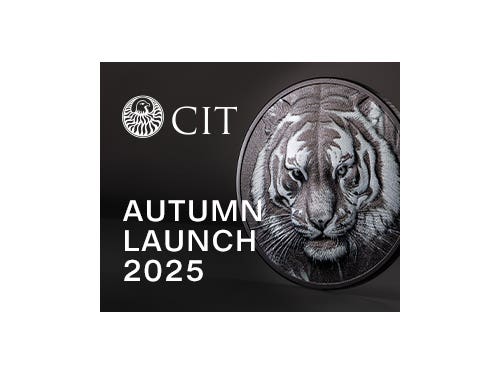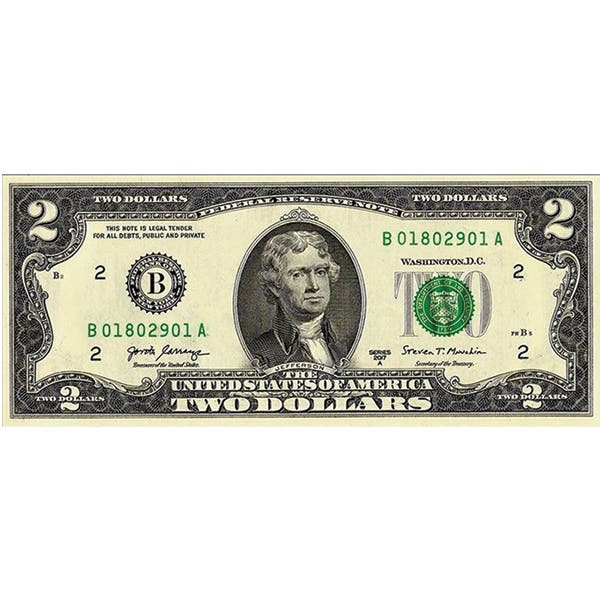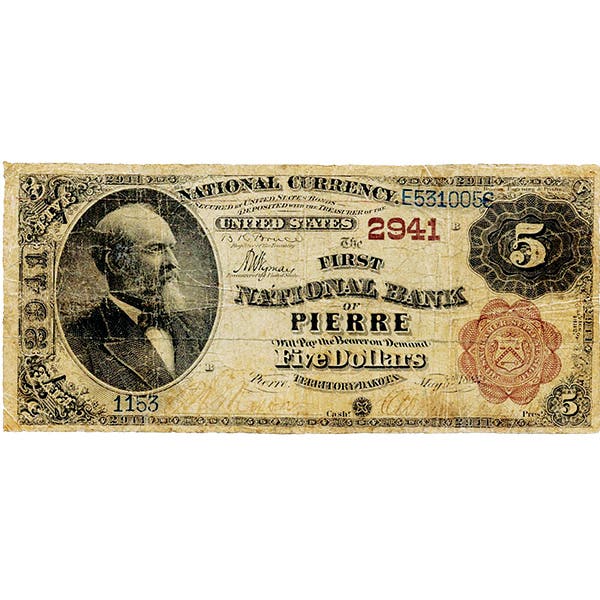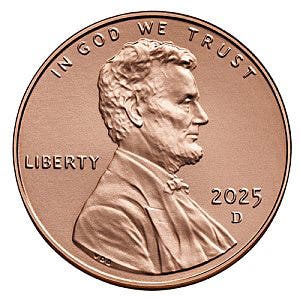Viewpoint: Cent was part of hobby era now gone
Times have changed and coins have, too. Growing up in Los Angeles in the 1950s was a different world than what exists in 2012. There was a plethora of local coin and stamp shops, vacant lots on what are now prime locations in a family and kid friendly atmosphere.
By: William H. Brownstein
Times have changed and coins have, too.
Growing up in Los Angeles in the 1950s was a different world than what exists in 2012. There was a plethora of local coin and stamp shops, vacant lots on what are now prime locations in a family and kid friendly atmosphere.
I remember before turning 3 in 1955, after my father took me and my two older brothers to Ralph’s 5 and 10 cent store on Pico and Robertson in Los Angeles. I bought a 5-cent Hershey’s chocolate almond bar and he let me keep the 1911-S cent that we got in change. I remember my father telling me that the 1911S was a valuable and rare cent and that I should start a penny collection and make sure to be careful with that coin.
Perhaps it was youth or the ease in hitting a home run the first time at bat, but I was not particularly careful and I lost the cent, blaming it on the dog eating the it after I left it outside. I felt worse about letting my father down than losing the cent.
My next find was a cent with King George on, which turned out to be a Canadian cent. When I showed it to my father, he told me it was Canadian. I remember finding that in a roll of cents at Lake Arrowhead, Calif., where I was trying to win a pocket watch in one of the penny arcades.
This time I was more careful and cherished the cent as part of my foreign coin collection.
The 1911-S and the Canadian cent find got me hooked on United States and foreign coins. My father helped me out by letting me look through his modest stash of coins. However, that Canadian cent got hooked me on coins.
My parents made frequent trips to Security First National Bank on Olympic and Beverly Drive in Beverly Hills and would bring me a few rolls of cents to review. In going through those cents, early on I found a 1909-P Lincoln cent and I thought I was going to be a millionaire with that find. Imagine my disappointment when I learned that the coin was barely worth 10 cents at the time and that in going to the local coin store I found as many as I wanted could be bought. Not being one to be let down, I took a pin, scratched an “S” on the face of the cent and used a pencil eraser over the entire cent to make it look like new. The only one that was fooled about this cent was me and I learned a valuable lesson from my father about cleaning coins. Funny thing, today the odds of finding an Indian cent and older Lincoln cents are better than it was then, probably because people take inherited coins and don’t think much of them and spend them. However, back to the difference between the 1960’s and today.
Through the 1960s there seemed to be a lot of local coin stores, many with bid boards and a friendly homely atmosphere. Maybe it was due to low rents, low overhead, a slower pace. Of course, a lot of retired individuals wanted to keep busy, but starting in the 1990s those stores seemed to vanish. Like the Buffalo they exist nowadays, but they are a rarity and hard to find.
My family and I moved to New Jersey a few years ago and I am still looking for a family friendly local coin store. In Southern California I know of only one store that fits that description. They deal not only in coins and stamps, but also in buying and selling used jewelry and sterling silver. I am yet to find a store that I feel comfortable in and where I feel welcome and not a “customer” to get out of the store as quickly as possible after taking my money.
My experience is that the newer stores are more like brokerage houses, which want to deal in huge dollar items and they make you feel like you have to get in and out as quickly as possible and not to hang around. I feel like I am walking into a bank vault and when I go into one of the stores. I also feel like I cannot meet with the owner and whenever I ask a question the clerk goes to the back room to ask a question. This feels more like negotiating to purchase a car then a coin.
I also get the impression that not only am I unwelcome in these new coin boutiques, but that with their security I feel relieved when they buzz me out of their double-locked, bullet-proof doors. I certainly don’t feel welcome, comfortable and relaxed when I go into one of these fortresses.
In central New Jersey it looks like every corner there is a “cash for gold” site coming up. I don’t see any buy and sell coins, as I did in my youth and those “cash for gold” locations are merely middle men that buy your gold and other precious metals and send them to a refiner for a quick profit.
Technology has also worked great wonders.For example, I remember in the 1990s going to a coin show in Santa Barbara, Calif., and being offered a piece of heavy 14-karat marked gold jewelry, which the dealer just received in a trade and given the opportunity to buy it for a price that could be a real score if I did not try to weigh it first. I note that in the entire coin show there were maybe one or two dealers with scales. I bought the piece, took out my pocket scale and realized that it was 70 grams, not bad for $200 when gold was going for $350 an ounce. Now, digital scales can be bought on eBay or at any jewelry supply house for under $20.
With all that said, I don’t see the youth having the incentive in buying coins and setting up coin collections. First, there don’t seem to be the possibilities of finding the rarities that I dreamt about and which were possible when I was a youth. Next, children have technology that was only dreamt of in my youth. My two young daughters sit at their computers all their free time and when I go into the play room it looks more like the control center at NASA than a play room of my youth. Finally, the cost of rarities and their being marketed as commodities has taken the thrill of the find out of the equation.
My feeling is that a quarter today is like the cent of the 1950s. With the changed reverses started with the state quarters, and some real rarities such as the Wisconsin quarters, that will open a new generation of collectors. Eliminating the cent, and eventually the 5-cent coin are inevitable and would not, in my opinion, have a negative impact on our economy. Like the saying “50 is the new 30,” we should have a saying that “the dime is the new cent.”
This “Viewpoint” was written by William H. Brownstein, a New Jersey hobbyist.
To have your opinion considered for Viewpoint, write to David C. Harper, Editor, Numismatic News, 700 E. State St., Iola, WI 54990. Send email to david.harper@fwmedia.com.
More Coin Collecting Resources:
• Subscribe to our Coin Price Guide, buy Coin Books & Coin Folders and join the NumisMaster VIP Program




